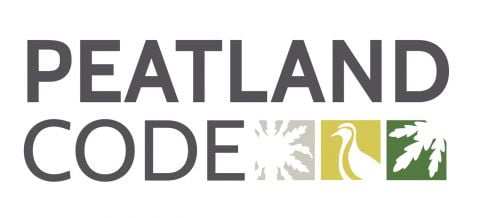Peatland Restoration
With nearly 3 million hectares, covering 10% of the land area, the UK is one of the world’s top 10 countries for peatland area. However, the majority (circa 80%) of the UK’s peatlands are no longer sequestering and storing carbon. Due to decades of unsuitable land management practices, it has instead become a significant net source of Greenhouse Gases (GHG), currently emitting approximately 16 million tonnes of carbon dioxide equivalent (CO2e) each year. This is equivalent to around half of all the reduction efforts made annually in the UK. Preventing further damage and restoring healthy ecosystem functions can therefore play an important role in climate mitigation across the UK. Conserving and restoring peatlands also prevents loss of biodiversity and helps to enhance water quality.
The emissions reduction benefit from restoring peatlands is permanent and linear therefore the carbon yield is the same every year for the whole duration of the project. Buyers can therefore be confident in purchasing peatland carbon units up front, enabling the restoration project to take place.
Codes
The Peatland Code was developed in 2015 and is managed by the IUCN Peatland Programme. Projects use established emission factors to estimate baseline emissions and restoration abatement. Field surveys at year 5 and every 10 years that follow are required for verification. The peatland code sets out a series of best practice requirements including a standard method for quantification of GHG benefit. Independent validation to this standard provides assurance and clarity for buyers with regards to the quantity and quality of emissions reductions purchased. Recognising that carbon benefits arise for many years after the initial restoration activities are implemented, the Peatland Code also ensures the carbon benefit will be regularly measured and monitored over the lifetime of the project (minimum 30 years).
Get In Touch

© Cypher Climate Brokers Limited. Registered in England & Wales – 15212675
Contact
- +44 (0) 20 807 93319
- info@cypherclimatebrokers.co.uk
- London, UK
- Edinburgh, UK
Quick Links
Privacy Policy | © Cypher Climate Brokers Limited | Terms & Conditions
